The creation of a successful product launch marketing plan is essential for success, and the same goes for brand launches as well. With each decision playing an important role, having a well-crafted strategy that will propel your new product or brand to stardom can be key. Any misstep could spell disaster. Thus, it’s vital to have the right approach when launching, and taking into account all aspects of creating a sound marketing plan — from idea generation through hitting market shelves — should guarantee fantastic results for your endeavour.
Key Takeaways
- Craft a well-defined blueprint for a successful product launch with an understanding of the target market, value proposition, and marketing goals.
- Pre-launch strategies such as engaging beta testers & developing teaser campaigns can create anticipation.
- Post-launch tactics include customer feedback gathering, media outreach, and leveraging analytics to measure success.
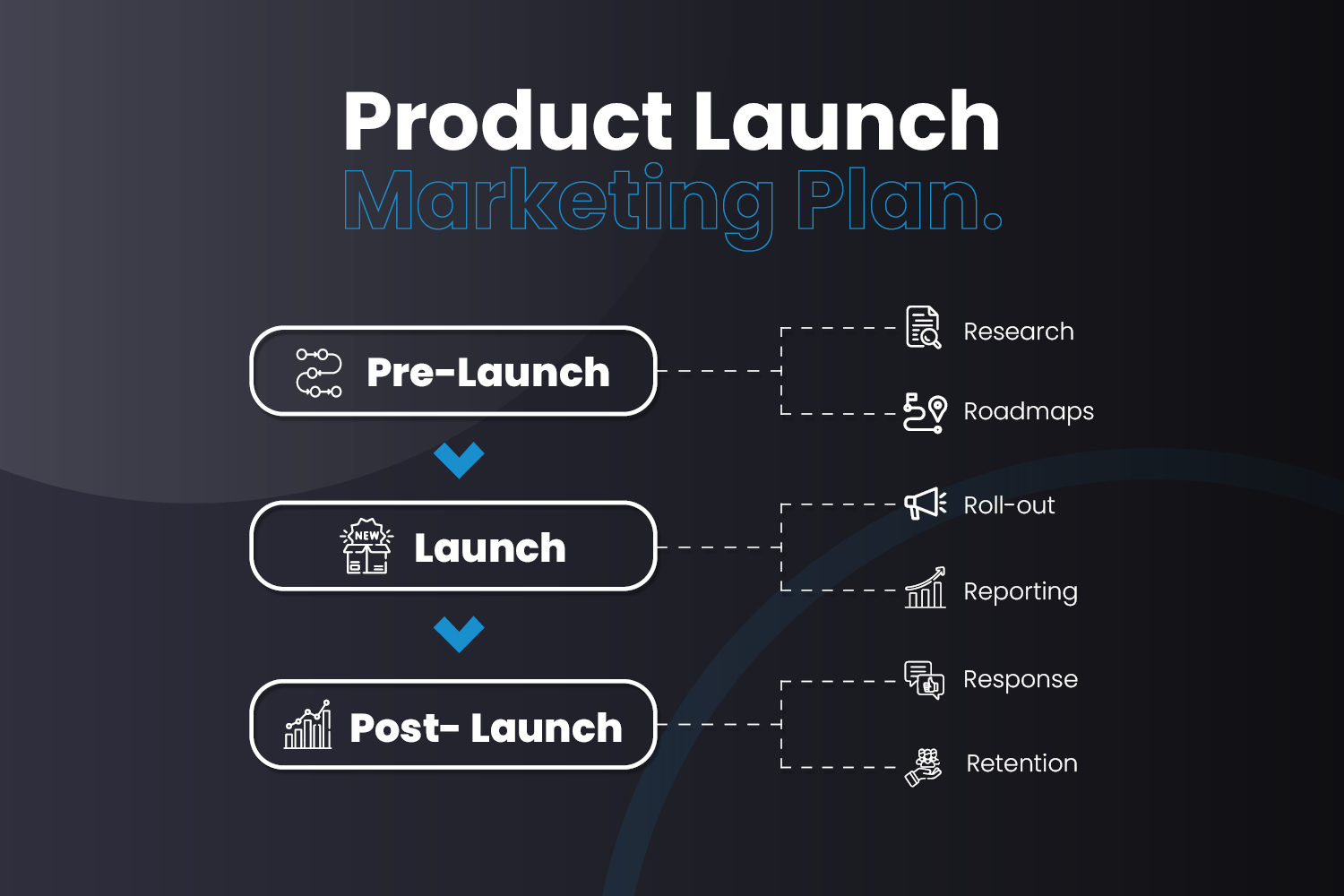
Crafting Your Product or Brand Launch Blueprint
For any product launch to be successful, a solid plan with clear objectives and an understanding of the target market is essential. This foundation includes creating an effective launch date strategy, including marketing goals that build on the value proposition presented by this new offering. To ensure everything runs smoothly on launch day, having a checklist as part of your planning process is highly recommended so you can track progress against key milestones to remain on schedule. When implemented effectively using these guidelines, products can make their mark from concept through to sale or realisation at release time!
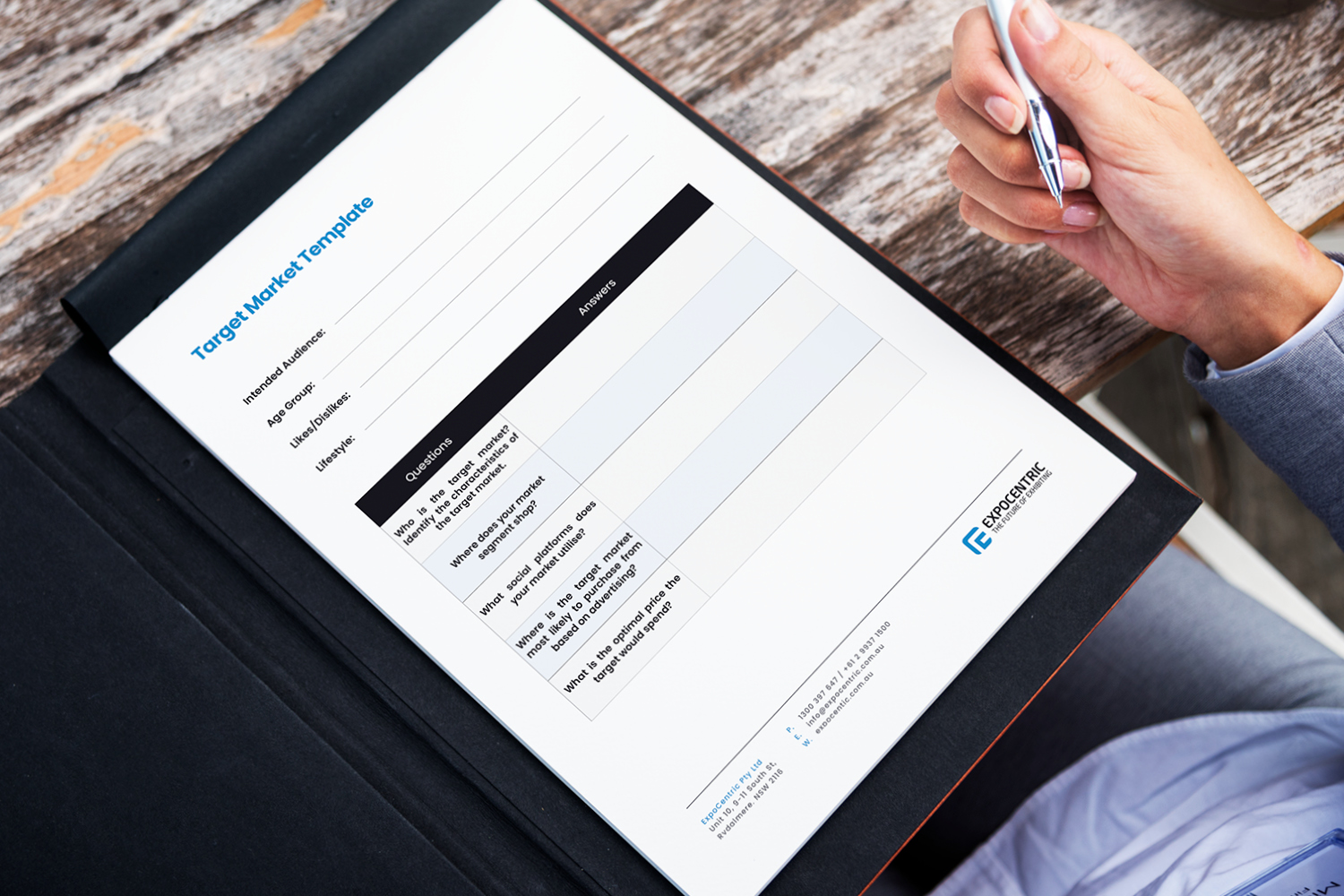
Identifying Your Target Market
To ensure a successful product launch plan, the first step is to recognise who your product can appeal to. Market research needs to be conducted thoroughly to discover potential customers and learn what problems they currently face. Questions like: “Who will most likely use our product?”, “What challenges are present that we need to address for them?”, as well as their pain points should all help us hone in on how exactly our offering resolves these issues effectively before going ahead with the campaign-building process of attracting targeted customers towards launching successfully.
Articulating Your Value Proposition
Once you’ve found the people who are likely to buy your product, crafting an effective value proposition is key. This means highlighting all of its unique advantages and features that distinguish it from others on the market. Simply put: What benefits does our product have compared to competitors?
A well-thought-out value proposition will capture your target customer’s attention and convince them to choose yours over everyone else’s.
Outlining Your Marketing Goals
Once your target audience has been identified and the value proposition established, it’s time to establish clear marketing goals. This roadmap of objectives helps maintain focus on all activities that are involved with the product launch, from implementing a successful marketing strategy to evaluating how effective efforts have been in raising awareness or spurring website traffic and sales. By setting measurable targets based on these key elements, you can effectively assess whether or not strategies were effective for your market.

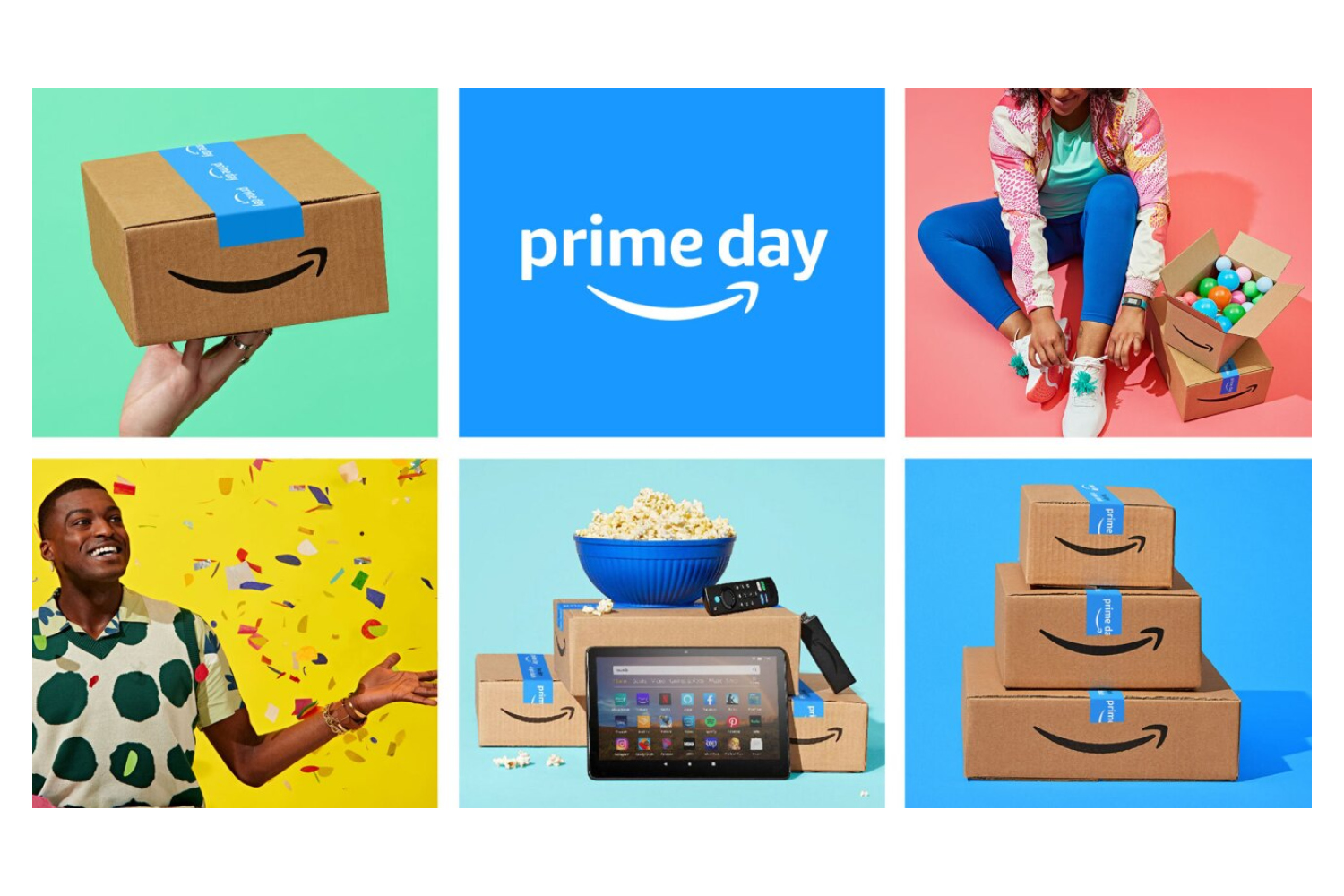
Pre-Launch Strategies for Building Anticipation
For a successful product launch, creating anticipation beforehand is key. This can be achieved by appealing to early adopters and promoting teasers, as well as aligning marketing strategies with sales initiatives. When these actions are taken together, they raise interest in the product and set it up for success when officially released.
Engaging Beta Testers for Early Feedback
Gaining early feedback from a group of chosen people, commonly referred to as beta testers, is an effective way to construct anticipation. In exchange for their insight on potential issues and improvements, they are provided with access ahead of the official release. This procedure not only enhances the product but also creates expectations due to likely sharing by beta testers about their positive experiences.
Developing Teaser Campaigns
Creating a successful launch requires engaging your target audience with effective teaser campaigns. This could include an enigmatic post on social media, compelling video footage, or even special interviews that provide curious glimpses of the product and spark interest in what you have to offer. Teaser campaigns are great ways to build anticipation for an upcoming release while making sure your message is heard loud and clear!
Aligning Sales and Marketing Efforts
For a successful product launch, both the sales and marketing team needs to work together in harmony. This allows for consistent messaging and branding across all of their customer interactions, pitches, and advertising campaigns – ultimately instilling trust with potential purchasers. Aligning these teams’ efforts is essential if they are going to achieve success when it comes time for the product’s release date. This collaboration between departments working towards common goals can optimise any promotional or commercial strategies that may be set into motion!



The Launch Phase: Execution and Engagement
Once the pre-launch is done, it’s time to begin executing your marketing strategy. The launch stage includes rolling out your promotional campaign and taking advantage of social media networks for broad reach as well as holding product launch events. It is also important to advertise at trade shows or expositions in order to engage with the desired target audience and ensure a successful product release. Prior to this phase was an essential preparatory period that set up all the elements necessary for success during launch day.
Coordinated Marketing Campaign Rollout
A marketing campaign that is carefully planned out allows all the activities to work towards a unified outcome. Elements such as social media posts, email campaigns, press releases, and events should each serve to back up your value proposition and speak directly to the appropriate target market for their message to be consistent throughout. This helps ensure an organised communication of ideas so everyone can understand them easily when engaging with your brand.
Utilising Social Media Platforms for Maximum Reach
Social media networks offer an exceptional chance to expand the impact of your launch message. Companies can use this avenue to connect with a much wider group, effectively communicate their value proposition, and create enthusiasm for their product while fostering dedication from devoted fans. These platforms provide great opportunities for meaningful engagement that will generate greater loyalty towards the brand.
Hosting Launch Events
Organising a launch event is an efficient approach to show off your product and stir up excitement. It can be in person, streamed online, or at trade shows – but setting up the right kind of launch event provides you ample opportunity to highlight your product features, communicate directly with viewers/attendees, and create a lasting impression that will aid significantly in boosting the success of the product launch.

Promoting at Trade Shows and Expositions
Attending trade shows or expositions can be an impactful way to promote a product, as it allows for direct engagement with the targeted audience. To make the most of this opportunity and create memorable experiences, you should think carefully about your booth design, demonstrations that engage customers effectively, and high-quality promotional materials. Doing so will ensure attendees have positive impressions of your brand while also providing opportunities to generate leads from potential customers who visit your exhibit space.

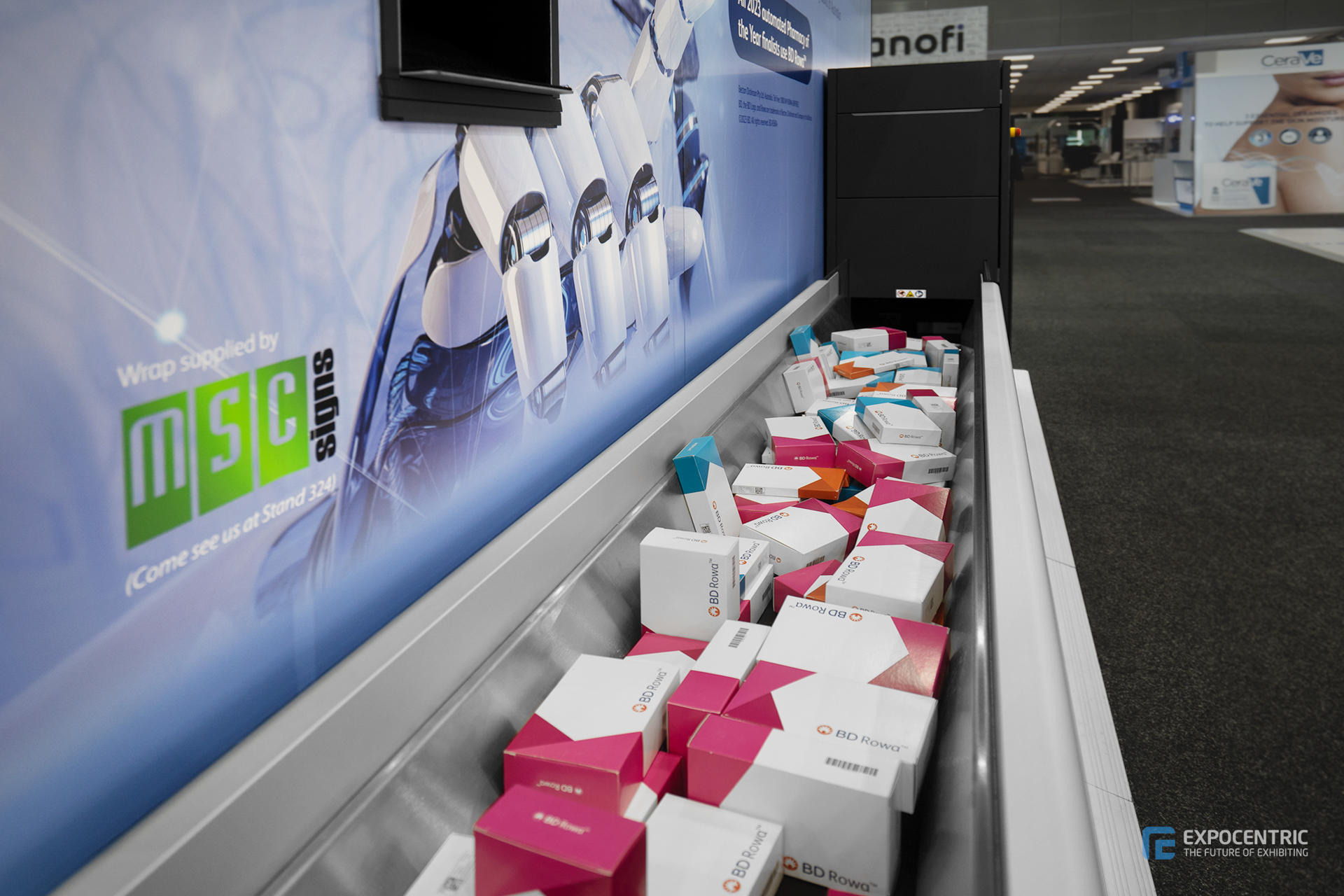

Post-Launch Tactics for Sustained Growth
Once the launch phase is complete, it’s imperative to keep up the momentum and reach sustained growth. Post-launch activities are key in ensuring this, such as gathering customer feedback, increasing customer loyalty through targeted campaigns within the product itself, and engaging media outlets for maximum impact.
Each of these measures helps guarantee your product remains successful going forward.

Gathering Customer Feedback for Continuous Improvement
By regularly collecting customer feedback, businesses can identify weaknesses to be addressed and new features they should incorporate to keep up with the changing needs of their target market. This input is essential for any organisation hoping for lasting success as it helps maintain its competitiveness over time.
Driving Customer Retention Through In-App Marketing
Using marketing strategies within your app can be a great way to promote customer loyalty and retention. Crafting personalised experiences, providing pertinent content, and encouraging engagement are all ways you can keep customers hooked on your product. This is an efficient means of boosting the rates of repeat use, which in turn accelerates growth for your venture.
Media Outreach and Continued Brand Storytelling
To ensure sustained success, it is imperative to carry out media outreach and keep telling your brand story. By continually talking about your product, engaging with the press outlets, and keeping up promotion activity, you can sustain public interest in what you offer. These actions will be of great help for maintaining the impetus created by a successful launch of your product while driving growth. On down the line.


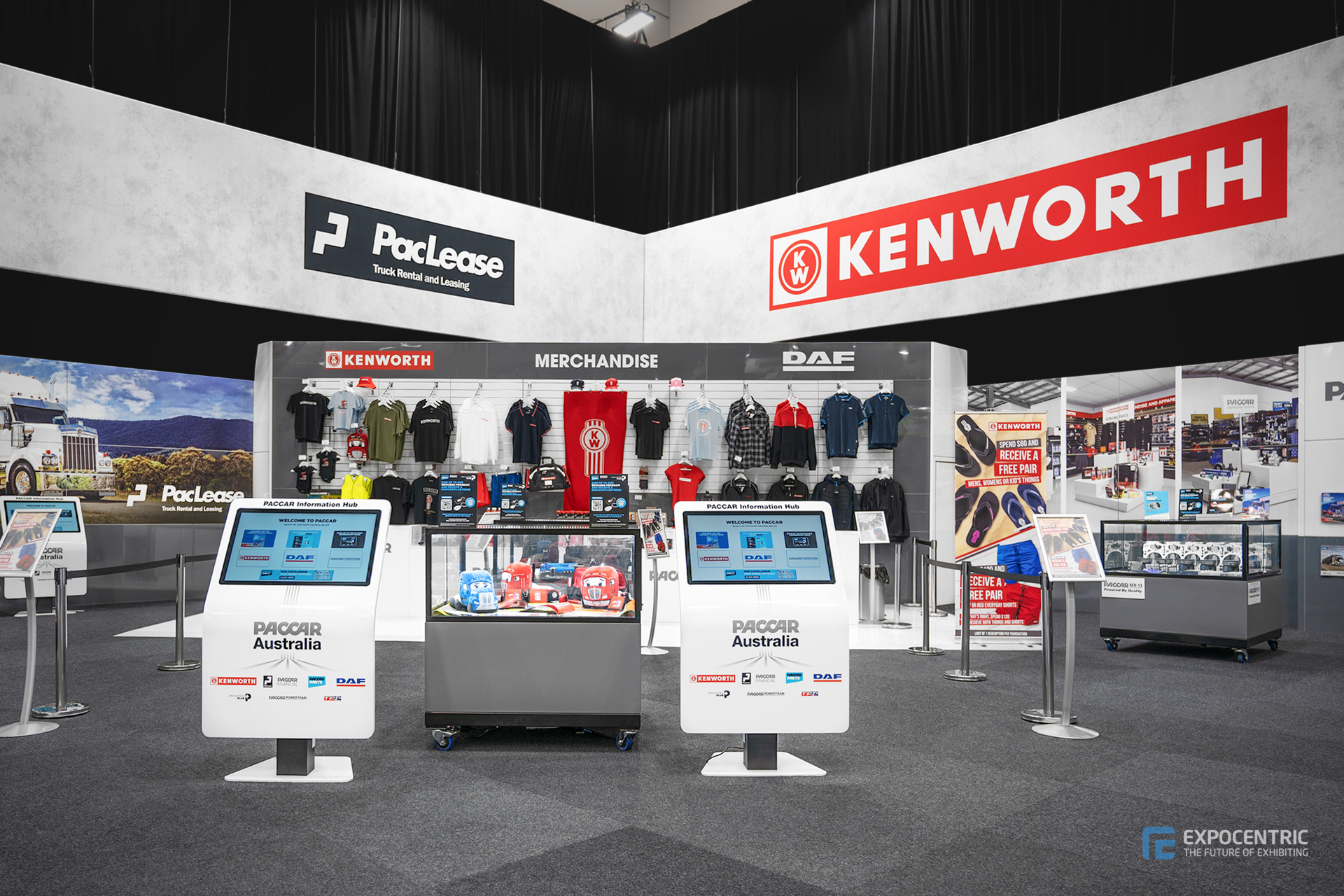

Leveraging Analytics: Measuring Launch Success
In order to measure the success of your product launch and develop more informed future strategies, leveraging analytics is essential. This means determining key performance indicators that should be tracked, examining customer journey touchpoints, and tweaking tactics based on data related to how things are going.
Analytics can provide invaluable intelligence regarding how successful one’s launch plan has been and where it could use improvement in order for the item at hand to continue performing favourably over time.
Defining and Monitoring Key Performance Indicators
Key performance indicators (KPIs) can be tracked to measure the success of your launch, help inform future strategies and assess how effective your marketing efforts are. By tracking KPIs, you have a better overview of progress made towards goals, enabling wise decisions for any subsequent plans.
Analysing Customer Journey Touchpoints
When exploring customer journey touchpoints, there are many opportunities for optimisation and improvement. By understanding how clients interact with your brand at each step of their venture, you can develop a better experience and refine your marketing tactics to boost success on product launch.
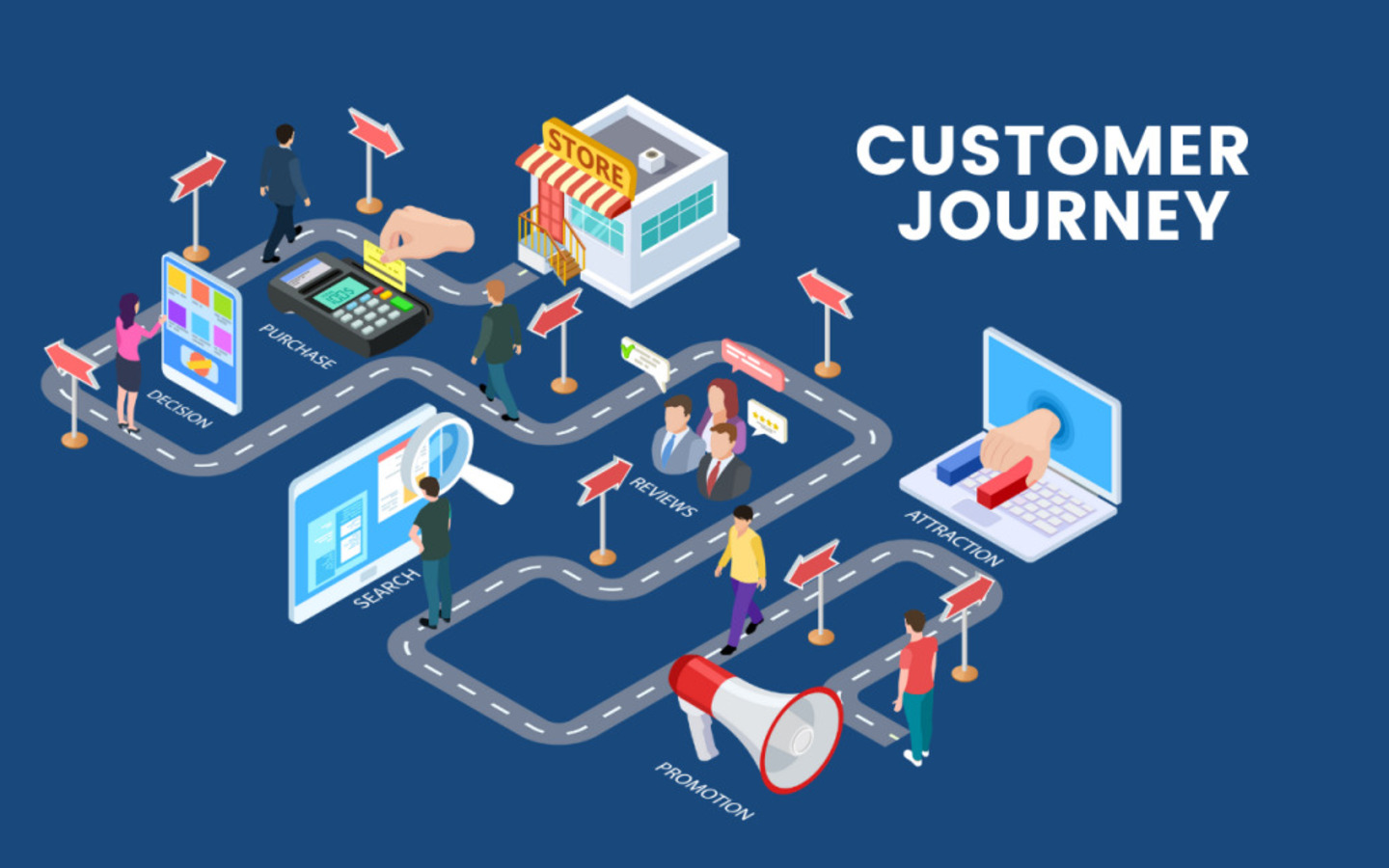
Adjusting Strategy Based on Performance Data
By carefully examining the customer journey and paying attention to key performance indicators, you can devise a strategy that ensures continual growth and progress. Through this data-driven approach, you are able to recognise areas for improvement within your plan of action. Allowing adjustments accordingly so as not only to optimise marketing efforts but also better enhance your product for an eventual successful launch. This makes it possible for goals set out initially to be achieved while simultaneously attaining maximum results.
Essential Tools for an Effective Product Launch
For a successful product launch, the right tools are essential. These include software for digital marketing, automation tools, and project management apps, all of which play an important role in coordinating team members while optimising efficiency during the execution of your strategy.
Digital Marketing Software Selection
Digital marketing software can make launching strategies easier to manage and execute. It simplifies the creation of eye-catching visuals, helps keep track of social media posts, and provides an accurate measure for how campaigns are performing – all of which serve to bolster your overall marketing efforts.

Project Management for Coordinated Effort
By utilising project management tools, teams can effectively coordinate their efforts in order to ensure successful product launches. These instruments help keep everyone on the same page as they plan and organise tasks for maximum efficiency while also improving communication among team members – all crucial elements of a coordinated attempt that contribute significantly towards achieving launch success.
Automation for Efficiency
The use of automation during a product launch can help enhance performance and increase productivity. It has the ability to take care of mundane, repetitive tasks quickly as well as reduce errors while freeing up time that would be better spent on more meaningful projects or processes. Through automated social media posts, email marketing strategies and data evaluation. Efficiency will see considerable growth without much effort expended. All this adds together to improve both the ease in carrying out operations related to launching your product as well as its overall success rate in doing so!
Real-world Examples of Stellar Product Launches
After exploring the tactics required for a successful product launch, we can now look to some actual case studies of businesses that have executed this plan effectively. From tech companies such as Apple and Microsoft to eateries like McDonald’s, these firms managed their respective new product introductions using many of the same principles discussed in our article. Investigating how they achieved success provides us with important knowledge and motivation for launching products ourselves.


Examples of Product Launches at Trade Shows and Expositions
Product launches can be effectively showcased at trade shows and expositions, providing a great opportunity to capture the attention of potential customers. Tactics employed by those in different sectors have proved successful for everything from SaaS products to consumer goods or tech gadgets.
Hence, these events are ideal spots to display your product’s features while generating excitement among people interested in it.


For SaaS (Software as a Service) Launch
In order to successfully launch a SaaS product, examples from influential companies like HubSpot and Slack demonstrate that effective pre-launch strategies, execution during the actual event of launching, as well as post-launch tactics are necessary for success in this industry. These firms have exhibited their products at expositions which has had an invaluable impact on the larger SaaS landscape.
Consumer Goods Launch Campaign Analysis
Next, let’s take a look at the key elements that made for a successful launch of consumer goods. Companies have deployed interactive activities such as product demonstrations, giveaways and appealing booth designs to draw in interest from potential customers and garner leads.
Delving into their go-to-market approach, including how they carry out market research, can provide insight into effective methods when launching items at trade shows or expositions.
Tech Gadget Release Tactics
Examining the release date of successful tech gadget launches can give us an idea of what techniques work best for these sorts of events. These days, launching a product often includes showcasing it with impressive demos and providing participants to try out the item themselves. Informative talks are provided by those presenting, which contribute greatly to its success. By delving into launch dates, we get more insight as to how gadgets have successfully launched to emulate them accordingly when introducing technologies.



Summary
A successful product launch necessitates a meticulous product launch plan, comprehensive pre-launch phase preparations, coordinated deployment, and ongoing post-launch phase initiatives. To guarantee success during your product’s introduction, it’s crucial to identify your target customers, articulate your product’s value proposition in comparison to similar products in the market, and set marketing goals for the launch.
Moreover, analysing data gathered through various methods, such as A/B testing, is essential. Certain resources, like your product team and sales team, can be pivotal in achieving positive outcomes in a given project, so utilize them effectively!
Studying current trends and implementing these strategies can aid in the successful launch of your products, leading to long-term growth. Remember, your product launch marketing efforts play a significant role in this process.
Frequently Asked Questions
How do I market my product/ brand launch?
Achieving success with a product launch requires thorough market research to gain an edge over the competition, developing an effective value proposition for the right target audience, and planning and testing of the marketing strategy. Utilising countdown campaigns along with connecting to top publications in your industry as well as offering pre-launch giveaways can maximise your chances of succeeding.
How do you create a marketing plan for a product/ brand launch?
Creating a marketing plan for a product launch requires identifying one’s target market, assessing the needs of their audiences, and gathering feedback from them. It also involves establishing the Unique Selling Point (USP) of your offer, building an email list to reach specific customer segments, and planning webinars/live events with relevant content. Collaborating with influencers or journalists may be beneficial too in reaching out to the wider public.
What are the 7 steps of product/ brand launch?
Creating a successful product launch begins with setting goals and determining your target audience. Conduct research, build an effective plan, execute the plan to introduce it into the market then monitor how well everything went after you’re done – all these steps can be summarised in this seven-step product launch checklist.
What are the key elements of a successful product/ brand launch?
Achieving success with a product launch necessitates recognising your target market, clarifying the value you bring to customers, stating marketing objectives, analysing data, and using appropriate resources.
How can pre-launch strategies help build anticipation for a product/ brand launch?
Prior to releasing a product, pre-launch strategies such as beta testing and creating teaser campaigns can help generate enthusiasm while also unifying sales and marketing activities. By employing these practices, anticipation for the upcoming launch of any given item can be built effectively.
